How accurate is Allied? True story behind WWII movie
A chance encounter and a heart-breaking personal tale inspire Brad Pitt's wartime romance with a twist

Directed by Robert Zemeckis (Forrest Gump, Beowulf), Allied tells the story of two World War II assassins, Canadian RAF wing commander Max (Pitt) and French resistance fighter Marianne (Cotillard), who fall in love during a mission to kill a German official. However, after they marry, Marianne is accused of being a spy and Max must prove her innocence or kill her.
The story
Scriptwriter Stephen Knight says the story came from a chance encounter rather than reading history books. "I think when writing a film, the notion that something should be 'historically accurate' is often more about being accurate to what historians have written," he says in Smithsonian Magazine.
The Week
Escape your echo chamber. Get the facts behind the news, plus analysis from multiple perspectives.

Sign up for The Week's Free Newsletters
From our morning news briefing to a weekly Good News Newsletter, get the best of The Week delivered directly to your inbox.
From our morning news briefing to a weekly Good News Newsletter, get the best of The Week delivered directly to your inbox.
Knight discovered the story on a trip to the US 30 years ago, when a woman told him about her brother, who had been a special operations executive behind enemy lines during the Second World War and fallen in love with a member of the French resistance. The couple had a child, but later he found out she was a spy.
"It was the kind of story that couldn't be made up," says Knight. "I always knew that someday it would be a film."
However, Knight was never able to find any proof that the story was true, he writes in the Daily Telegraph. In fact, his research found no historical records that the Germans ever breached UK security at home.
Nevertheless, he still believes the story to be real, partly because at the time he was not a famous scriptwriter and the woman had nothing to gain from telling him the story.
A free daily email with the biggest news stories of the day – and the best features from TheWeek.com
"I also got the distinct impression that the story was being told from a place of deep emotion, a painful memory being shared," he adds.
Loving the enemy
History records multiple instances of people falling in love across enemy lines during World War II. The most common relationship was between the French and Germans during the occupation, resulting in about 200,000 babies.
Johan and Lisette
One case was recently uncovered by Josh Gibson, a US research assistant living in Paris, who stumbled across a pile of letters and photos in a flea market, reports The Economist's 1843 magazine.
The correspondence reveals the story of aspiring German architect Johan and French secretary Lisette, who first encountered each other during the World Exposition in Paris in 1937. They met again three years later, when the Germans occupied Paris, and began a whirlwind romance, writing many letters to each other when Johan was posted away.
Johan was later sent to a PoW camp and Lisette had her head shaven as a collaborator, but they eventually married after the war.
Harry and Friede
An article in The Guardian records a story from the end of the war, when Harry Leslie Smith, a radio operator for the RAF, was sent to Hamburg and met a young German woman called Friede.
The city had been destroyed by British bombing and the survivors were living in abject poverty, so relationships between the English soldiers and locals were forbidden. Nevertheless, Smith spotted Friede in the street and plucked up the courage to speak to her.
The two kept their relationship secret and became engaged after a few months together, although it took two years before they were allowed to marry, tying the knot on 16 August 1948 in Hamburg.
They moved to the UK and remained together until Friede's death in 1999. Their story is celebrated in the 2015 book Love Among the Ruins: A Memoir of Life and Love in Hamburg 1945.
-
 Can Mike Johnson keep his job?
Can Mike Johnson keep his job?Today's Big Question GOP women come after the House leader
-
 A postapocalyptic trip to Sin City, a peek inside Taylor Swift’s “Eras” tour, and an explicit hockey romance in December TV
A postapocalyptic trip to Sin City, a peek inside Taylor Swift’s “Eras” tour, and an explicit hockey romance in December TVthe week recommends This month’s new television releases include ‘Fallout,’ ‘Taylor Swift: The End Of An Era’ and ‘Heated Rivalry’
-
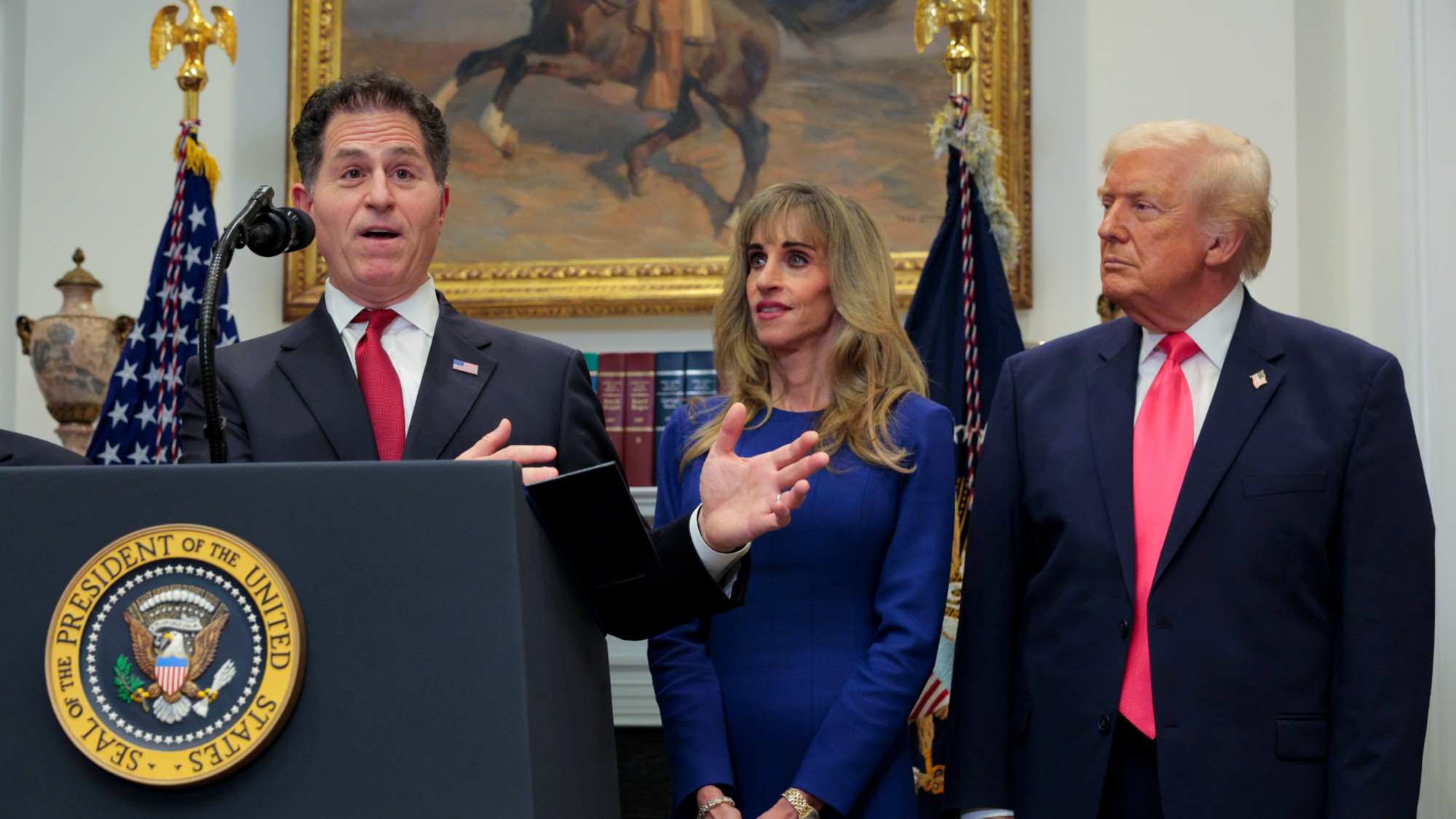 ‘These accounts clearly are designed as a capitalist alternative’
‘These accounts clearly are designed as a capitalist alternative’Instant Opinion Opinion, comment and editorials of the day
-
 Femicide: Italy’s newest crime
Femicide: Italy’s newest crimeThe Explainer Landmark law to criminalise murder of a woman as an ‘act of hatred’ or ‘subjugation’ but critics say Italy is still deeply patriarchal
-
 Brazil’s Bolsonaro behind bars after appeals run out
Brazil’s Bolsonaro behind bars after appeals run outSpeed Read He will serve 27 years in prison
-
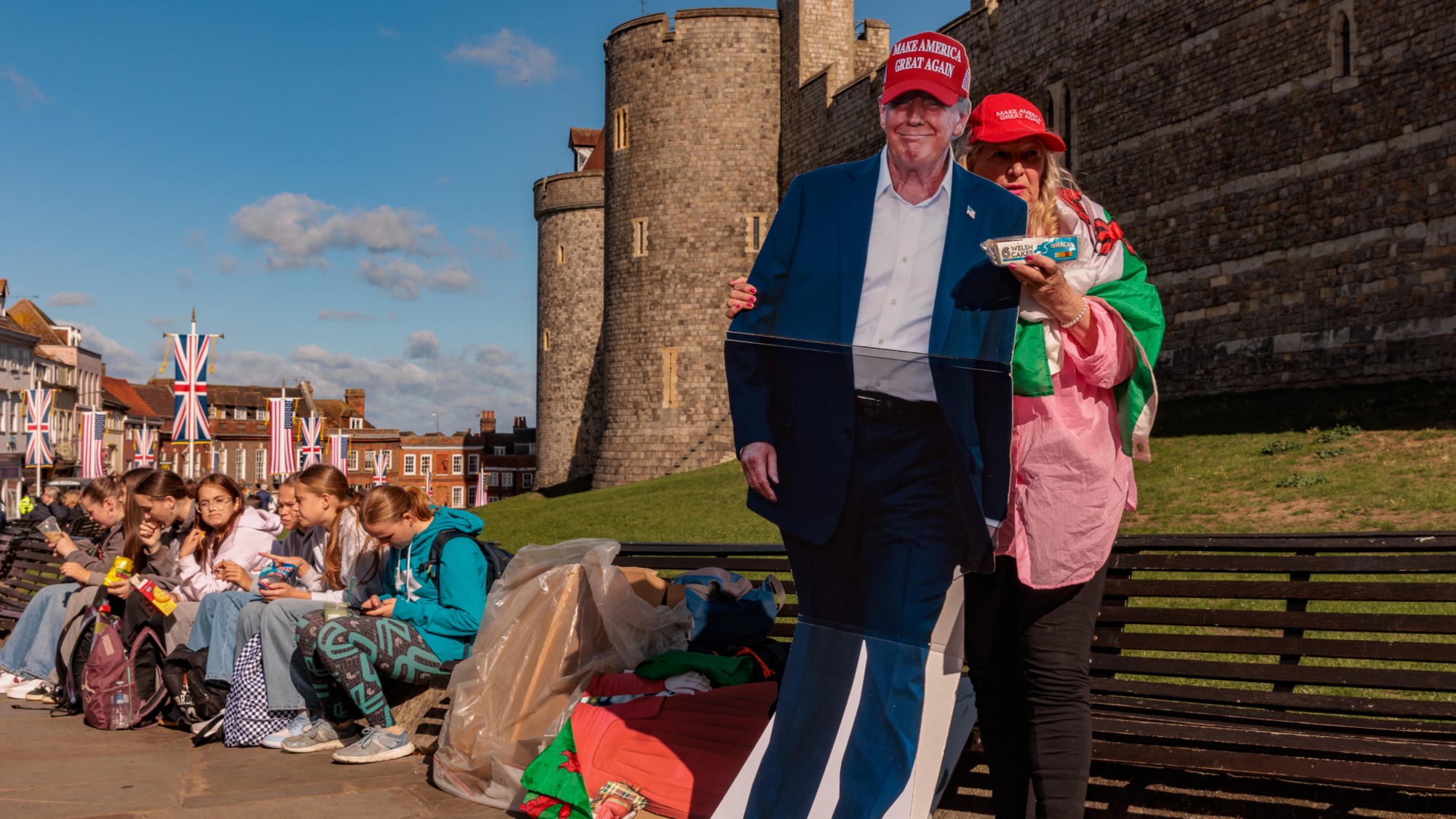 Americans traveling abroad face renewed criticism in the Trump era
Americans traveling abroad face renewed criticism in the Trump eraThe Explainer Some of Trump’s behavior has Americans being questioned
-
 Nigeria confused by Trump invasion threat
Nigeria confused by Trump invasion threatSpeed Read Trump has claimed the country is persecuting Christians
-
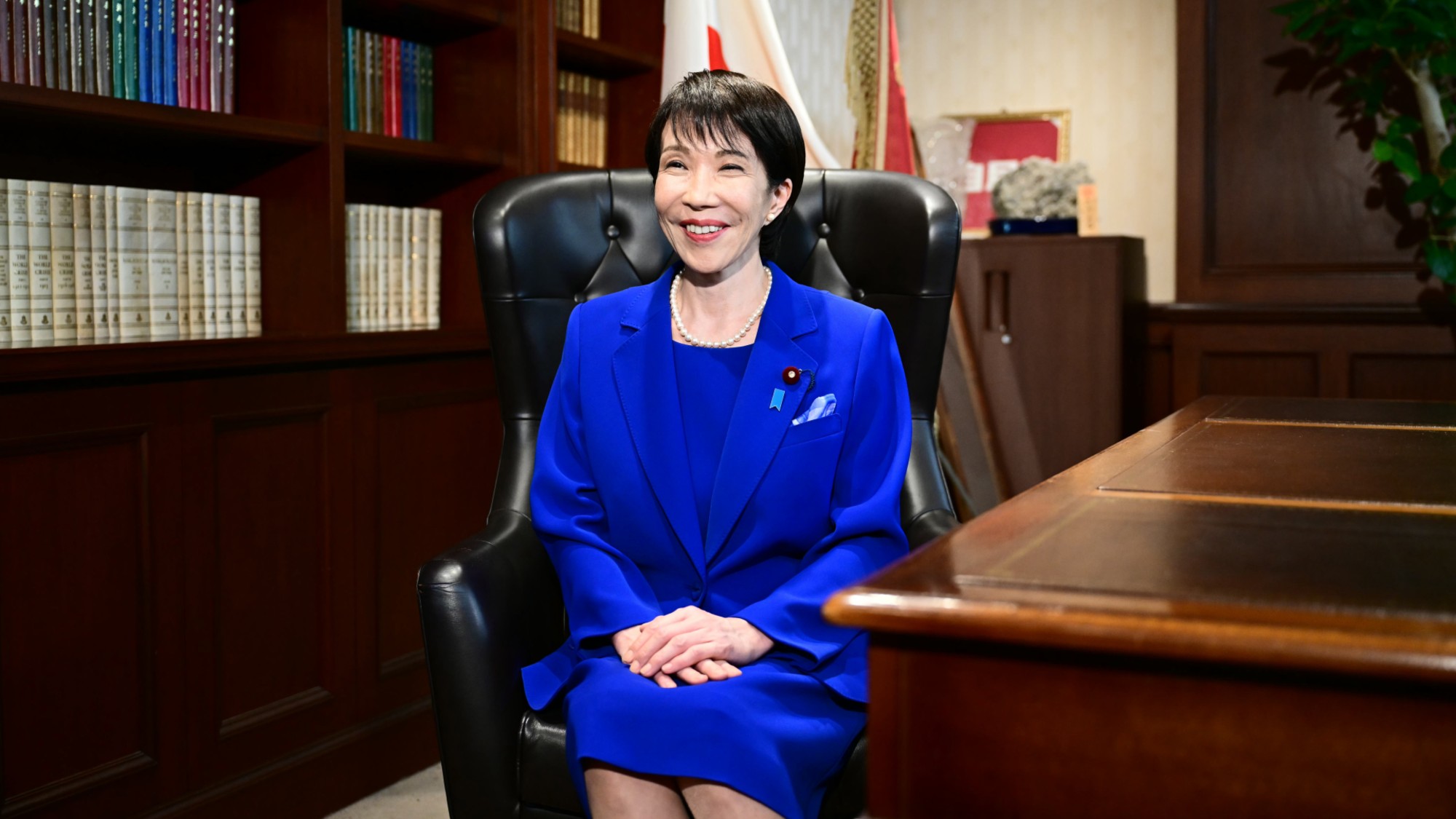 Sanae Takaichi: Japan’s Iron Lady set to be the country’s first woman prime minister
Sanae Takaichi: Japan’s Iron Lady set to be the country’s first woman prime ministerIn the Spotlight Takaichi is a member of Japan’s conservative, nationalist Liberal Democratic Party
-
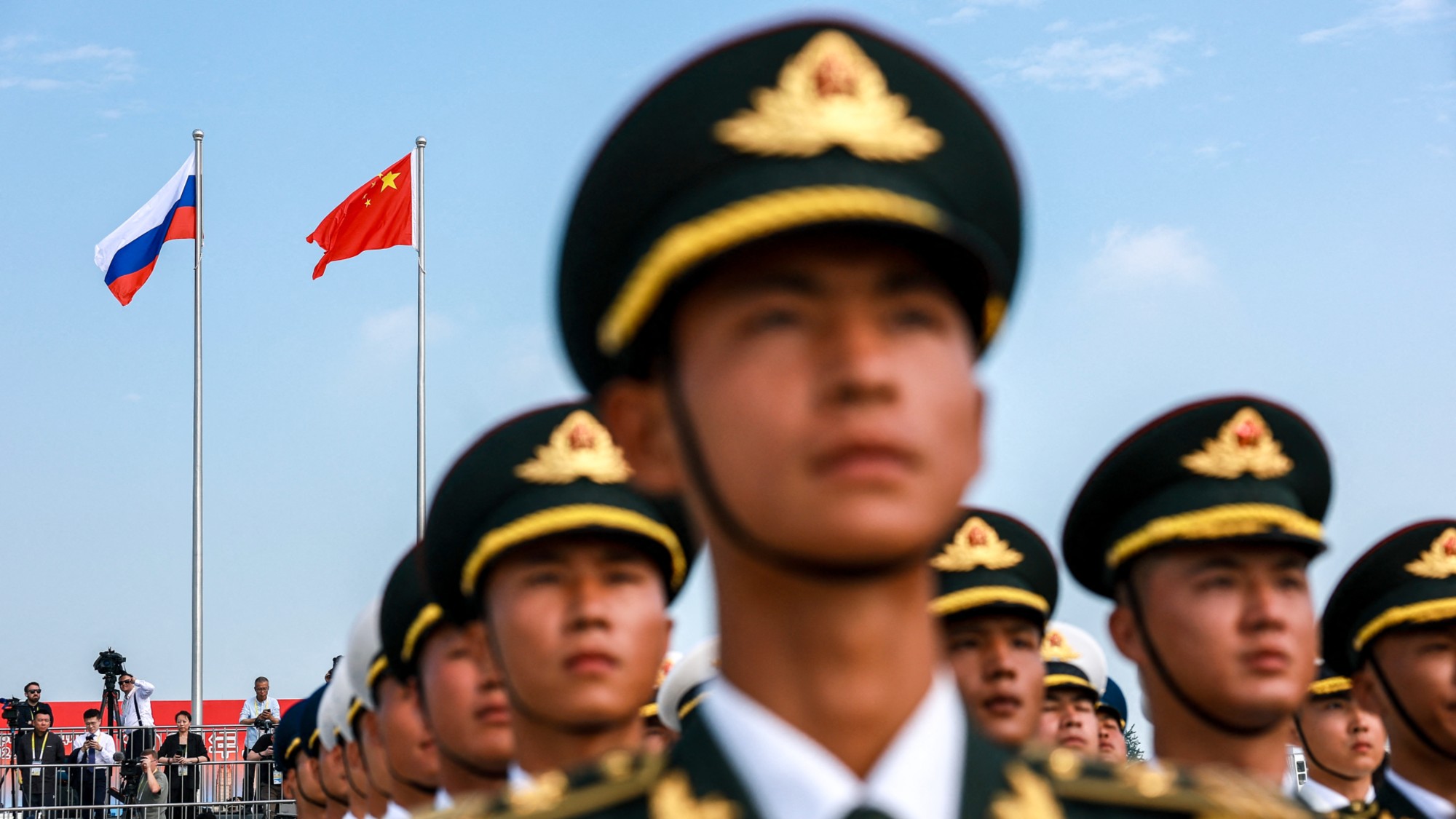 Russia is ‘helping China’ prepare for an invasion of Taiwan
Russia is ‘helping China’ prepare for an invasion of TaiwanIn the Spotlight Russia is reportedly allowing China access to military training
-
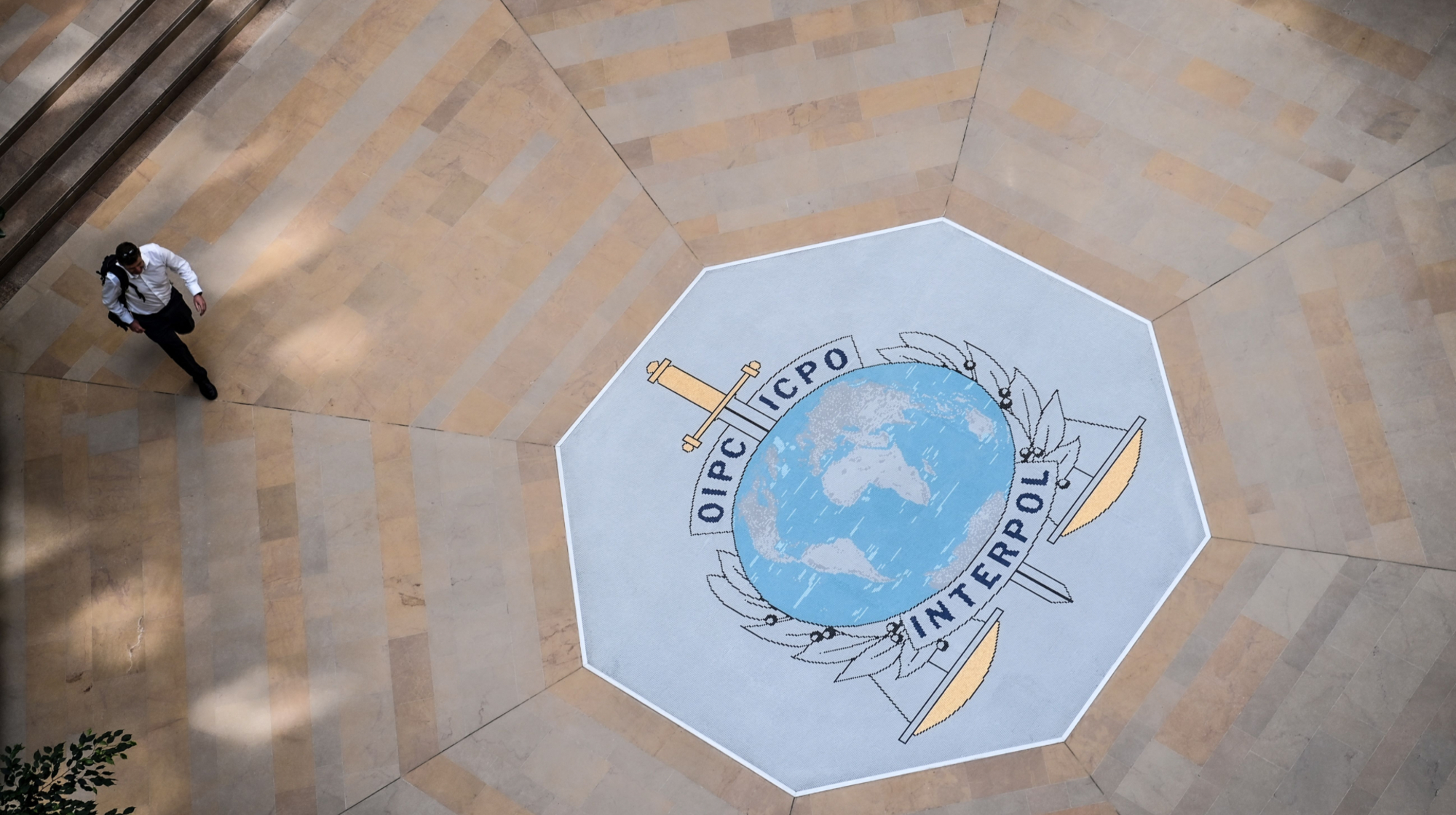 Interpol arrests hundreds in Africa-wide sextortion crackdown
Interpol arrests hundreds in Africa-wide sextortion crackdownIN THE SPOTLIGHT A series of stings disrupts major cybercrime operations as law enforcement estimates millions in losses from schemes designed to prey on lonely users
-
 China is silently expanding its influence in American cities
China is silently expanding its influence in American citiesUnder the Radar New York City and San Francisco, among others, have reportedly been targeted